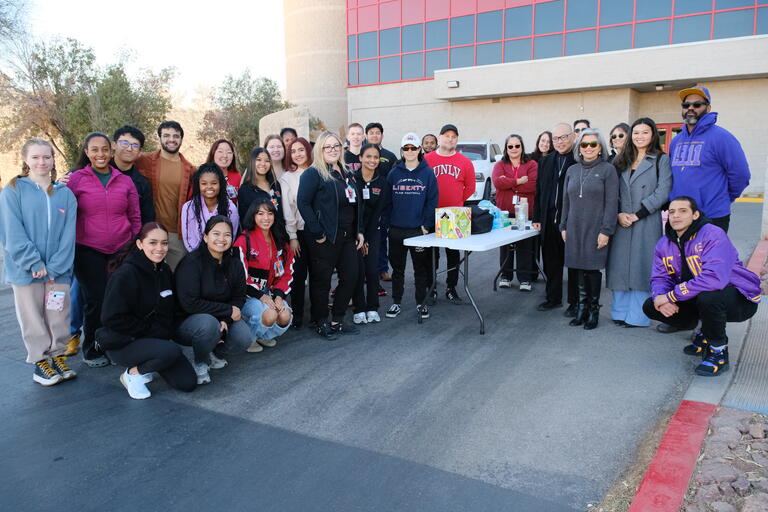Volatility is the nature of the hospitality industry, experts agree. But not many anticipated the global gut punch that would occur at the hands of a year-long pandemic — essentially upending the way most companies do business.
It is no surprise that those hospitality enterprises with the most finessed recovery strategies are the ones that have placed innovation at the forefront. Harrah College of Hospitality faculty experts Mehmet Erdem and Robert Rippee explain more.
What are some technologies and services that customers can expect to see more of post-COVID?

Erdem: This pandemic gave us the opportunity to really examine changes in business practices and follow through with those changes. For instance, we are going to see more companies embracing technologies such as contactless payment and tipping, voice-enabled AI [artificial intelligence] and machine learning, etc. In terms of service, I see ready-made meal delivery and ghost kitchen [delivery-only] restaurants continuing to flourish.
How have guest expectations changed?
Rippee: A segment of customers is going to want to take more precautions than they did prior to the pandemic — which, for example, is prompting hotels and resorts to examine the distinction between “clean,” which is a service standard, and “sanitized,” which is the removal of pathogens from objects like door handles, television remotes, light switches, etc. Customer expectations regarding the potential hazards of certain disinfectant techniques may also come into play.
Why are certain companies more resilient or adaptable than others?

Rippee: Crisis has a way of inspiring ingenuity. The survivors are those that redesigned processes and found new ways to cover their fixed costs while turning a modest profit at 30 percent or 50 percent capacity. Chick-fil-A, for example, mastered this by making an entire restaurant out of the drive-through window. This, of course, becomes more difficult with a high-end restaurant, which can’t be scaled down.
Erdem: The successful companies are the ones that make technology part of their strategy — rejecting the idea that you can solve new problems with old solutions. Those businesses that will have a competitive edge don’t necessarily have all the answers, but they have the right people and the processes in place to find innovative solutions.
What are we teaching our students so they can have an impact when they enter the job market?
Erdem: I tell our students that the main project in my class isn’t going to help them in their first job. This is going to help them in the job they will have five years from now. It’s going to train them to be quick on their feet, ask tough questions, and rethink the way things are done. Let's, for instance, look at the arrival process: How can you make it more efficient? How can we execute a hybrid convention? Today’s companies want innovative thinkers.
Rippee: I tell our students to study consumer behavior and how it’s changing. If our typical customer has certain concerns or expectations, maybe we can modify our experience in terms of a touchless environment, sanitization, QR codes to access menus, etc. If our students can understand the customer’s needs, they will be a benefit to their employer.



